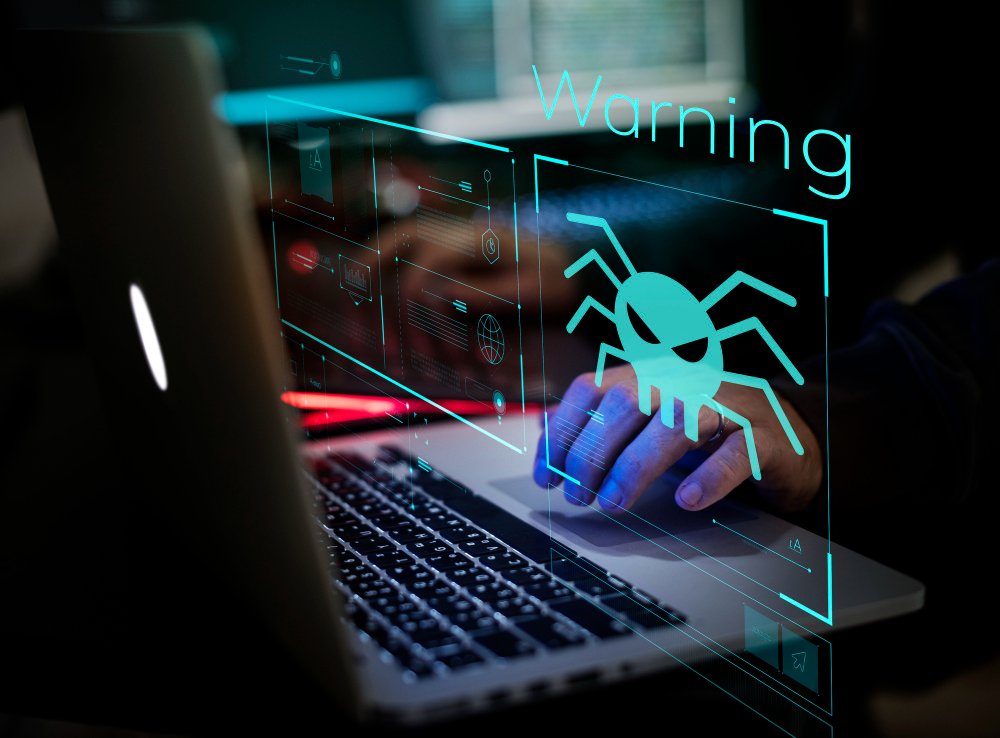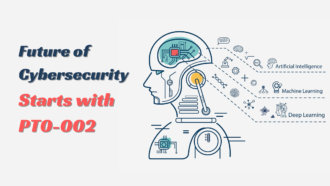Most Common Computer Security Threats and How To Mitigate Them
In today’s modern digital era, it has become commonplace for individuals to rely on computers and smartphones to access various resources from their homes. With the explosive growth of internet usage, obtaining instant information has become increasingly convenient. However, this convenience has also come with a price, as you must face many computer security threats. To ensure the safety of computer data, it is imperative to have a thorough understanding of the various computer challenges that exist in the modern age and the best practices for resolving potential network attacks.
The security threats pose a significant risk to the seamless functioning of personal computers. These attacks come in the form of various malicious software, such as Trojan malware and adware, capable of causing irreversible damage to device data. In the digital age, the number of computer security issues is on the rise, and it is essential to take proactive measures to safeguard against them. Managed IT Services experts help to protect businesses from potential computer security risks.
This article will explore the most common types of computer security threats and solutions.
8 Most Common Computer Security Threats and Their Solutions
Computer Viruses
Computer viruses are one of the most common security threats that businesses face. These malicious programs are designed to replicate themselves and spread from one computer to another, often causing damage or stealing sensitive information. To mitigate the risk of computer viruses, it is essential to have robust antivirus software installed on all devices and keep it updated regularly.
Adopting secure browsing practices, such as refraining from accessing dubious websites and clicking on unrecognizable links or attachments, can significantly mitigate the risk of contracting harmful viruses. Regularly backing up essential files and data is also crucial in case of a virus attack, as it allows for easy recovery without paying ransomware demands.
Computer Worms
Computer worms are a type of computer security threat that can spread rapidly and cause significant damage to systems. A worm is a self-replicating program that can travel across networks, infecting computers and exploiting vulnerabilities in software. Once inside a system, worms can steal sensitive data, corrupt files, and turn off entire networks.
To mitigate the risk of computer worms, keeping software and operating systems up to date with the latest security patches is essential. Strong network security measures, such as firewalls and intrusion detection systems, can also help detect and prevent worm attacks. Regularly scanning for malware and educating users about safe online practices are additional steps organizations can take to protect against computer worms.
Scareware
Scareware threats are a common concern when it comes to computer security. Users need to understand and take measures to minimize the risks. Scareware refers to malicious websites that employ trickery to make users believe their computers are infected with viruses. This is done to scare them into buying unnecessary or fake security software. Such threats often take the form of pop-up messages or alerts, which claim that the user’s computer is at risk and prompt them to click on a link or download a program.
To protect against scareware threats, it is essential to have up-to-date antivirus software installed, avoid clicking on suspicious links or downloading programs from unfamiliar sources, and regularly update your operating system and applications to ensure you have the latest security patches. In addition, being cautious and skeptical of any unexpected pop-up messages or alerts can help prevent falling victim to scareware scams.
Spyware Threats
Spyware is malicious software that poses a common and persistent threat to computer security. Its primary purpose is to collect information about a user’s activities without their knowledge or consent. Spyware can perform malicious activities such as capturing keystrokes, monitoring internet usage, and stealing personal information, including passwords and financial data.
To mitigate spyware threats, it is essential to have robust antivirus and anti-malware software installed on your computer. Regularly updating these programs will help protect you against the latest spyware threats. Safe browsing habits, such as identifying suspicious websites and not clicking on unknown links, can help minimize the risk of encountering spyware.
Insider Threats
Insider threats are a significant computer security concern for businesses of all sizes. Computer security threats and vulnerabilities can be attributed to individuals within an organization who misuse their access privileges, ultimately compromising data and systems’ confidentiality or integrity. Such actions pose a significant risk to the organization’s security posture and can result in severe consequences. Insiders may intentionally steal sensitive information for personal gain or inadvertently expose valuable data through negligence or lack of awareness.
Organizations must implement measures to mitigate insider threats, such as access controls and privilege management systems, regular employee training on security best practices, and establishing clear policies and procedures for handling sensitive data. Additionally, organizations should regularly monitor and audit user activities to detect suspicious behavior or unauthorized access attempts.
Distributed Denial of Service (DDoS)
Distributed Denial of Service (DDoS) attacks are among the most common computer security threats organizations face today. In a DDoS attack, multiple compromised computers flood a target system or network with an overwhelming amount of traffic, causing it to become unavailable to legitimate users.
These attacks can have serious consequences, including financial losses, reputational damage, and disruption of business operations. To mitigate the risk of DDoS attacks, it is essential to implement robust network security measures such as firewalls, intrusion detection systems, and traffic filtering.
Computer Security Threats From Hackers
When it comes to computer security, hackers are the most significant threats that businesses face. Hackers gain unauthorized access to computer systems and networks with malicious intent. They can steal sensitive information, disrupt operations, and cause financial damage. Implementing robust security measures to mitigate the risk of hacker attacks is essential.
This includes using strong passwords, regularly updating software and operating systems, installing firewalls and antivirus software, and educating users about phishing scams and other social engineering tactics that hackers often use. Additionally, organizations conduct regular vulnerability assessments and penetration testing to identify any weaknesses in their systems and address them promptly.
Man-in-the-Middle (MITM) Attacks
Man-in-the-middle (MITM) attacks are a common computer security threat that can compromise the confidentiality and integrity of data transmitted over a network. In an MITM attack, the surreptitious transmission of confidential information or unauthorized manipulation during transit, accomplished through communication between two parties without their knowledge, is a severe security breach that can have far-reaching consequences.
To mitigate the risk of MITM attacks, it is essential to implement robust encryption protocols, such as SSL/TLS, to protect data in transit. Moreover, secure and trusted networks, such as virtual private networks (VPNs), can help prevent unauthorized communication. Regularly updating software and operating systems and being cautious when connecting to public Wi-Fi networks can also reduce the likelihood of falling victim to an MITM attack.
Conclusion
Safeguarding against computer security threats is an ongoing process in a technology-driven world. Organizations can use effective mitigation strategies by understanding the prevalent threats like malware, phishing, ransomware, and vulnerabilities in software. Employing robust antivirus software, regular system updates, multi-factor authentication, and proactive monitoring are essential to fortifying digital defenses. Staying vigilant and adaptable is paramount as cyber threats constantly evolve.


















